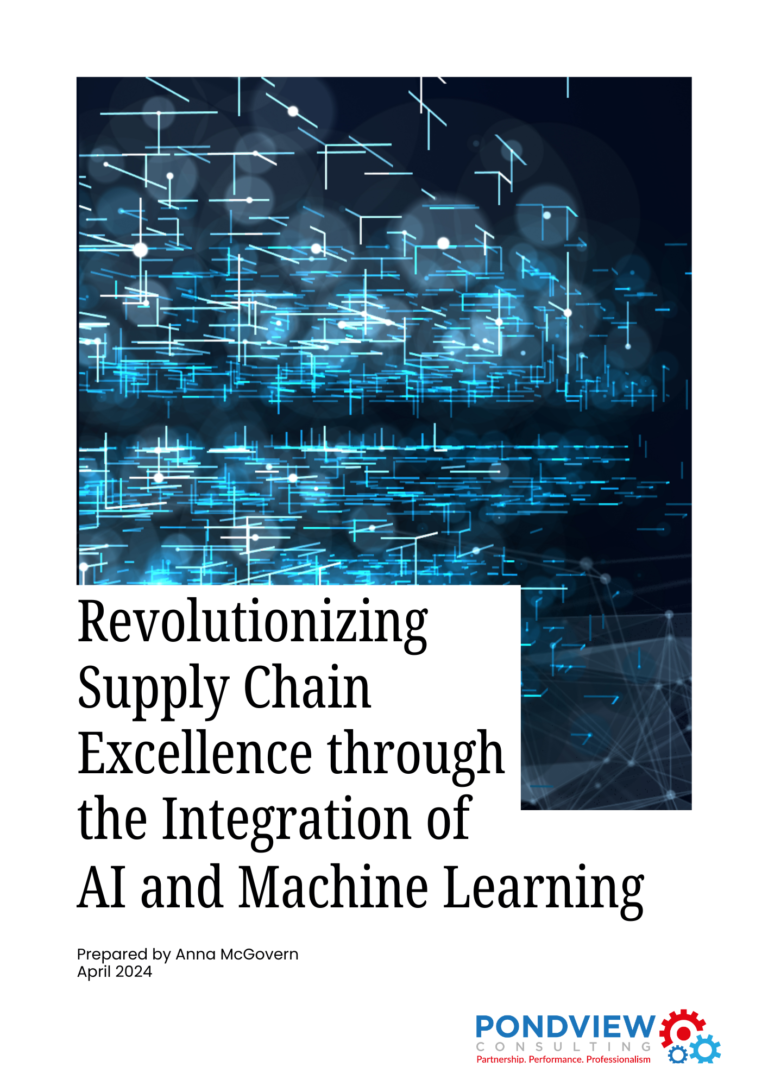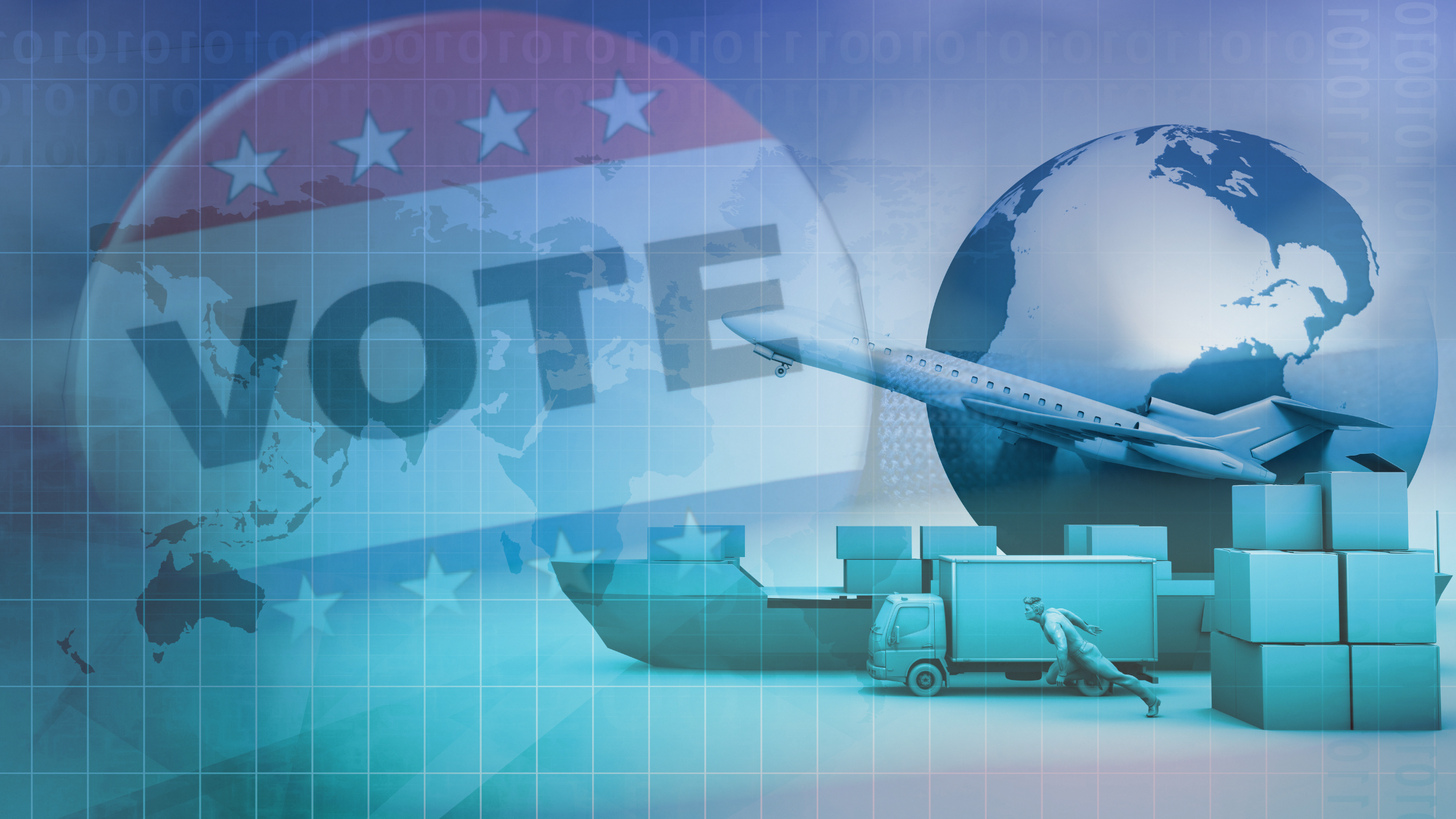The reelection of former President Donald Trump is raising serious questions about the future of global supply chains. With the good possibility that his administration will impose steep tariffs on imports, including up to 60% on Chinese goods, the cost of sourcing, production, and shipping could escalate dramatically. So, what do businesses and manufacturing companies need to do to prepare? In a nutshell, you must take action to secure your supply chain and the financial security of your business. There is no time to lose. Begin now by taking these steps:
1. Brace for the Rising Costs of Importing: Strategic Sourcing Is Paramount for Global Supply Chains
If Trump’s trade policies make a comeback, we could see tariffs of 10% to 20% across all imports, with targeted tariffs of up to 60% on goods from China. This scenario reflects a commitment to “America First” policies, aiming to encourage domestic production and discourage reliance on foreign goods. However, the ripple effect across global supply chains would be enormous. Domestically, the impact is huge as well.
Sebastien Breteau, founder and CEO of consumer product quality control company QIMA, said in an interview with SupplyChainBrain that the “U.S. simply can’t replace these imports domestically, and with unemployment at 4% and fewer immigrants, Americans aren’t rushing to factory jobs for products like apparel.”
During Trump’s first term, the imposition of tariffs on China sparked a trade war, forcing businesses to reassess their reliance on Chinese suppliers. This led to an increased focus on sourcing materials and products from other countries, often at a higher cost. With another term, we could expect a resurgence of this approach, potentially even more aggressive. Companies heavily reliant on imports, particularly from China, would face stark decisions regarding their supplier relationships throughout their global supply chains and analyze their overall sourcing strategies.
- For businesses: Importing raw materials and finished goods could become significantly more expensive, eroding profit margins, unless companies adjust pricing or cut costs elsewhere.
- For suppliers: Suppliers facing high U.S. tariffs may pass on these costs to their customers, further inflating prices down the supply chain.
To prepare for this, businesses may need to reevaluate their supplier relationships, considering partners in countries less impacted by U.S. tariffs.
2. Take Advantage of the Current Corporate Tax Rate: A Brief Silver Lining?
Trump’s reelection likely means that the corporate tax rate, reduced to 21% under the Tax Cuts and Jobs Act of 2017, would remain in place – at least until 2025. This lowered rate, down from the previous 35%, has provided U.S. businesses with notable tax relief, enabling greater investment in growth and resilience-building initiatives.
However, the tax landscape remains fluid. While the lower tax rate could help businesses manage increased tariff costs, companies should be cautious and use this window to bolster their supply chain strategies. Some options include:
- Funding diversification efforts: Use any tax savings to broaden your supplier network, particularly in areas outside China.
- Long-term planning: Given the potential for tax rate fluctuation, businesses should establish financial buffers to absorb any future increases, which could arise if economic conditions shift or if legislative changes occur.
3. Prepare for an Uncertain Trade Environment: Building Resilience
During a second Trump administration, trade tensions, especially with China, could intensify. For businesses, this means that flexibility, adaptability, and diversification will be more critical than ever.
Consider these steps to safeguard your supply chain:
Diversify Suppliers
Relying on a single country, especially one with which the U.S. has a complex trade relationship, exposes your business to risk. Diversifying your supplier base to include options in countries like Vietnam, Mexico, or India could reduce exposure to tariffs, although initial transition costs might be high. Over the long term, having alternative suppliers can also mitigate risk if relations with China deteriorate further.
Explore Local Sourcing Options
While sourcing locally may initially appear more expensive, reliance on international markets will be reduced and your business will be insulated from some tariff-related liabilities. By moving production closer to end consumers, businesses can also achieve quicker turnaround times and potentially higher levels of customization. Though local production may require an upfront investment, this could become a valuable strategy if global trade restrictions continue.
Strengthen Supplier Relationships
Long-term, reliable supplier partnerships in global supply chains can offer businesses greater stability, especially in uncertain times. Establishing supplier agreements that can adapt to trade policy shifts helps ensure continuity and control over lead times. This approach could involve setting up multi-supplier frameworks or preparing backup contracts to minimize the risk of disruptions.
4. Manage the Fallout of Increased Costs: Higher Consumer Prices
With higher tariffs on imports, the cost of goods – from raw materials to finished products – will inevitably rise. Businesses may attempt to absorb these costs, but the reality is that many will have to pass them along to consumers, leading to price increases on everything from household items to electronics.
For industries like consumer electronics, apparel, and household goods, where many products or components are manufactured in China, this may mean substantial price hikes that impact consumers directly. Higher prices could dampen consumer spending, challenging businesses to balance profitability with demand.
Some ways to manage these challenges include:
- Innovating cost-saving strategies: Businesses might find ways to reduce production costs by improving efficiency, lowering overhead, or investing in automation.
- Communicating with consumers: Transparency about price increases due to external factors can help maintain consumer trust. If customers understand that price hikes result from unavoidable cost increases, they may be more willing to support businesses that disclose this information up front.
- BNPL offers: Support customer purchases through in-house financing options that offer low interest rates and allow consumers to make purchases and then pay over time.
5. Strengthen Resilience Now: Strategic Advice for Businesses
Navigating a potentially protectionist U.S. trade policy in the coming years will require careful planning, proactive decision making, and a concerted effort to increase supply chain resilience. Here are some strategic approaches businesses can consider to insulate global supply chains:
Conduct an End-to-End Evaluation of Global Supply Chains
Map out each element of your supply chain, from raw materials to distribution, including logistics and transportation resources. Understanding each component allows you to identify vulnerabilities and explore potential improvements, such as sourcing from regions less affected by tariffs or locating suppliers closer to major consumer markets.
Invest in Technology for Better Tracking and Efficiency
Digital tools can help businesses track and manage their supply chains more effectively. Technologies like blockchain can improve visibility and traceability, while data analytics tools can forecast demand more accurately, helping companies respond quickly to changes in trade policies or consumer behavior.
Build a Financial Cushion
With increased costs a looming possibility, creating a financial buffer can make a difference. Companies may consider saving a portion of the tax savings from the 21% corporate tax rate, allowing for reinvestment in the business or covering potential cost increases. Developing a financial safety net could help ease the impact of sudden expenses related to tariffs or policy changes.
Advocate and Engage in Trade Policy Discussions
Business leaders can also advocate for policies that support supply chain stability. Joining industry groups and engaging in trade policy discussions can give companies a voice, helping to shape future policies that could impact their supply chains.
Conclusion: The Path Forward for Businesses and Supply Chains
Trump’s reelection introduces a range of potential challenges for global supply chains. With the possibility of steep tariffs, particularly on Chinese imports, businesses must be proactive in assessing and mitigating risks. Diversifying suppliers, exploring local production options, managing global supply chain costs, and building strong supplier relationships will be crucial.
Ultimately, businesses that are best prepared to adapt to trade policy changes are those that focus on flexibility, resilience, and innovation, thereby achieving antifragility, which will be more crucial than ever. While the journey might be challenging, it’s also an opportunity to build a more robust supply chain that can weather future disruptions.
You don’t have to do this alone. We have developed global supply chain strategies for companies across the spectrum, from small market to Fortune 100 companies. Based in the United States, Pondview Consulting will provide you with affordable and professional turnkey supply chain operations support and training. Get in touch with me today.
How is your company preparing to adapt its supply chain for potential shifts in trade policy? Let us know in the comments below.


How will AI impact your supply chain strategy? Technology – specifically AI – is changing the supply chain game. In this white paper, I look at how AI is transforming both the supply chain and the role of supply chain leaders.
The Corporate Sustainability Reporting Directive (CSRD) is a key regulatory development in the European Union, designed to increase transparency and accountability for businesses on environmental, social, and governance (ESG) matters.

